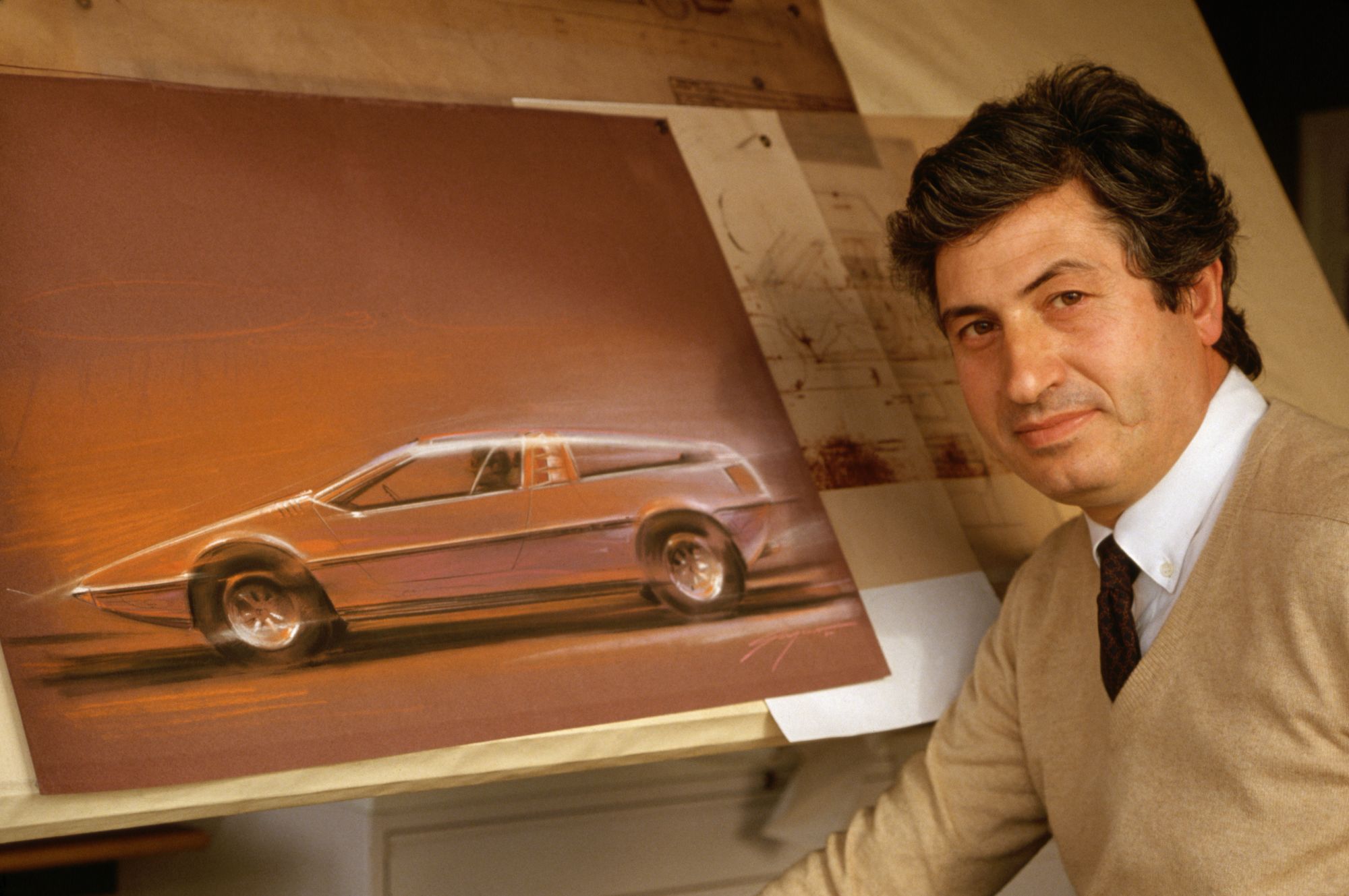Few other designers have been as influential as Giorgetto Giugiaro in shaping modern automobiles. In a career spanning 64 years he has designed some of the most successful and influential cars in history, ranging from one-of-a-kind exotics to mass market utility vehicles.
He’s designed over 200 cars for manufacturers around the world which collectively put over 60 million cars on the road and – at the age of 81 – is still working today. Having sold his design practice Italdesign in 2015, he continues to design, now with his son Fabrizio, under the roof of a new firm called GFG Style.
Giorgetto Giugiaro, the 20th century's most influential car designer
Birth of a legend
Born in 1938 in Garessio, about 60 miles South of Turn, Giugiaro came into the world at the prime time and place for a young boy who would eventually become a gifted designer. Fiat, Italy’s flagship automaker, was an hour’s drive away and the country’s post-war economic boom would coincide with Giugiaro’s coming of age. In fact, Giugiaro joined FIAT as early as he possibly could – when he was just 17 – but not because he was eager to draw cars.
“I got involved with cars not out of passion, but as a part of my creative process,” he said in a phone interview from his studio in Moncalieri, just outside Turin.
The Giugiaros were a family of artists and Giorgetto was supposed to pursue a similar path. His father, however, noticed that he had a more technical inclination, and so allowed him to go to art school by day and study technical design in the evenings.
Dante Giacosa, FIAT’s technical director, saw some of his car sketches and hired him as a junior designer. “I joined FIAT in 1955 to have an experience outside of the arts world, not really knowing where it would lead to. This experience was more valuable than a school and gave me confidence to experiment with my creativity.”
After four formative years at Fiat, Giugiaro’s work was noticed by Nuccio Bertone, who ran one of several influential coachbuilding ateliers that had sprung up around Turin at the time, including Ghia, Pininfarina and Vignale. Bertone’s firm made its name by styling beautiful cars for other manufacturers, and put Giugiaro at work on some forward-thinking projects.
“In 1960 I saw my first prototypes come to life at Bertone: The Gordon-Keeble GT, the Alfa Romeo 2600 and the Giulia GT, which I finished as I was drafted for the then obligatory military service. I was 22.”
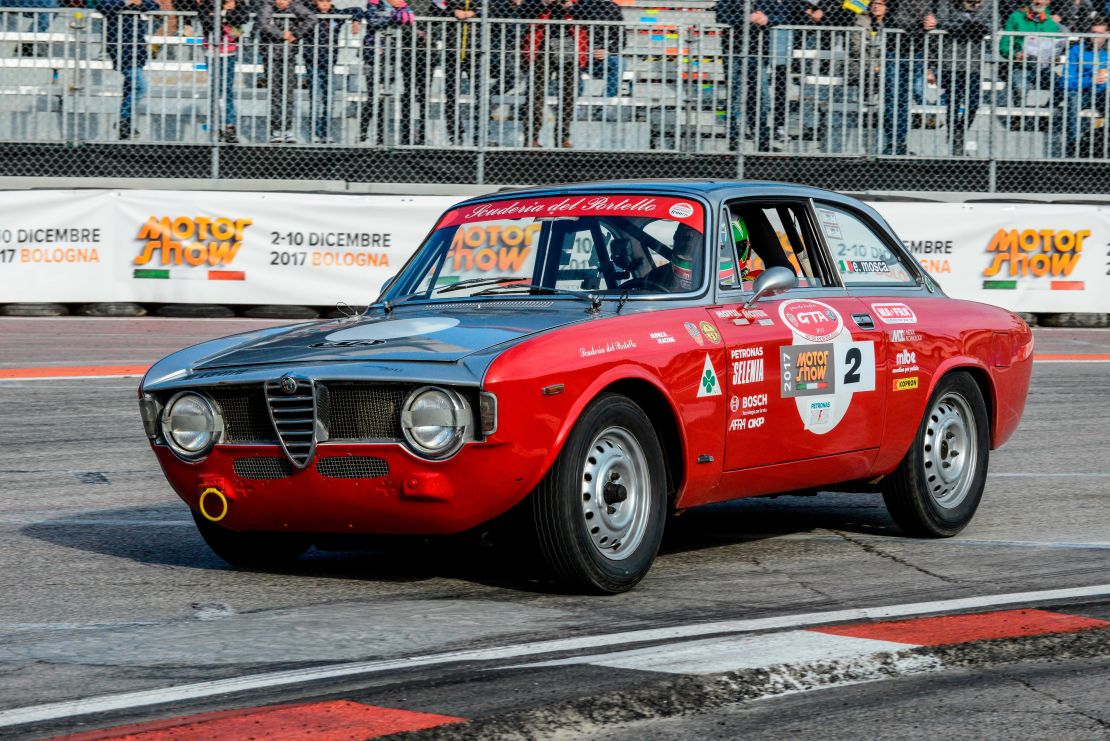
After creating cars at Bertone under badges such as BMW, Mazda and Ferrari, Giugiaro switched jobs again in 1965, joining Bertone’s competitor Ghia. There, he designed two of his most beautiful cars, the Maserati Ghibli and the De Tomaso Mangusta.
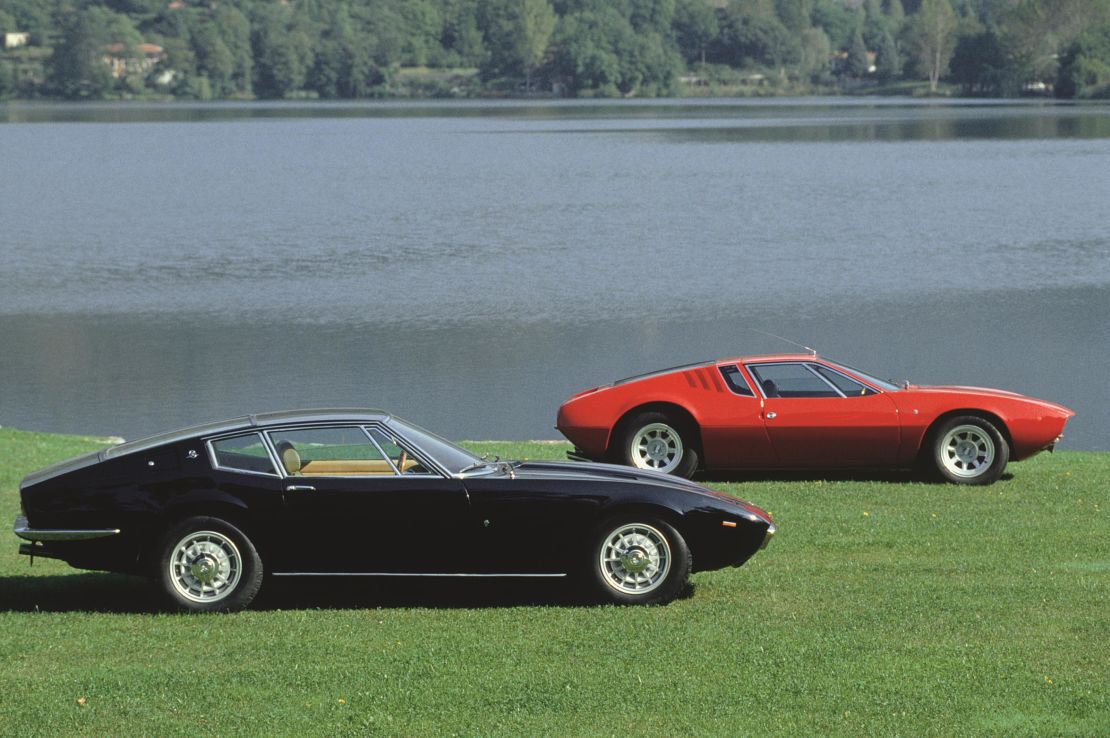
The Mangusta went on to become a minor icon among sports car enthusiasts, although only around 400 were produced. Its passenger doors open normally, the design features gullwing doors for the engine and luggage compartment, a truly unique styling quirk. It’s Bill’s car in “Kill Bill: Volume 2,” it features in the film “Gone in 60 Seconds” and in Kylie Minogue’s “Can’t Get You Out of My Head” music video.
The Italdesign era
In 1967, aged 29 but with 12 years of work experience, Giugiaro started his own design firm, Italdesign, and moved heavily into mass produced cars, shaping some of the world’s most successful people movers. As a designer, this is the type of work he preferred. “The mass-produced car, as a project, has many variables, including timing, costs, feasibility, directors, marketing – the creative aspect isn’t hard, but the mediation between all these variables is. That makes it more gratifying,” he said.
“The hedonistic car, the car that everybody wants but nearly nobody can have, is a lot easier do to, because it’s created for publicity, it doesn’t have to rely on a complex structure.”
In 1974 he was asked to design the successor of the Beetle for Volkswagen. The resulting first generation Golf – known as the Rabbit in the US – debuted Giugiaro’s “origami period,” a new styling sensibility dominated by sharp, angular lines. It would influence car design for generations, and create one of the most resounding success stories in the automotive world: The Golf, currently in its seventh generation, is still the undisputed leader in its sector, with sales to date in excess of 30 million units.
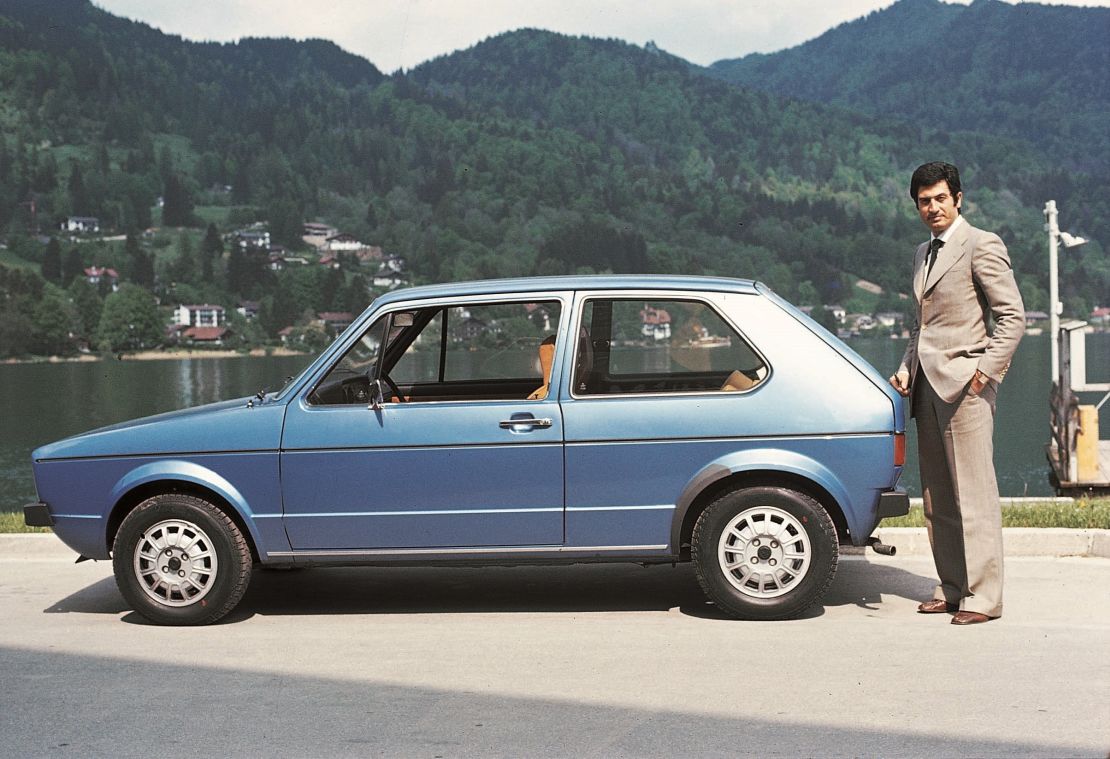
Despite his growing fame, Giugiaro kept a low profile. “When Volkswagen asked me if I wanted to have a badge on every Golf they built that read ‘design by Giugiaro,’ I said ‘No, thanks.’ It would have cost me more to send them thousands of badges every day than the money I got from the entire project! When people buy a car, they don’t generally care about who designed it. Cars are not artworks. Art is prestigious, but cars are not.”
Movie icons
Giugiaro applied his sharp-edged, origami style to cars that were meant for wildly different purposes and markets.
In 1976 he designed the Esprit for English automaker Lotus, which became James Bond’s car in the following year’s “The Spy Who Loved Me,” famously transforming into a submarine. The very car that was used for the film’s underwater scenes was purchased by Elon Musk in 2013 for nearly $1 million.
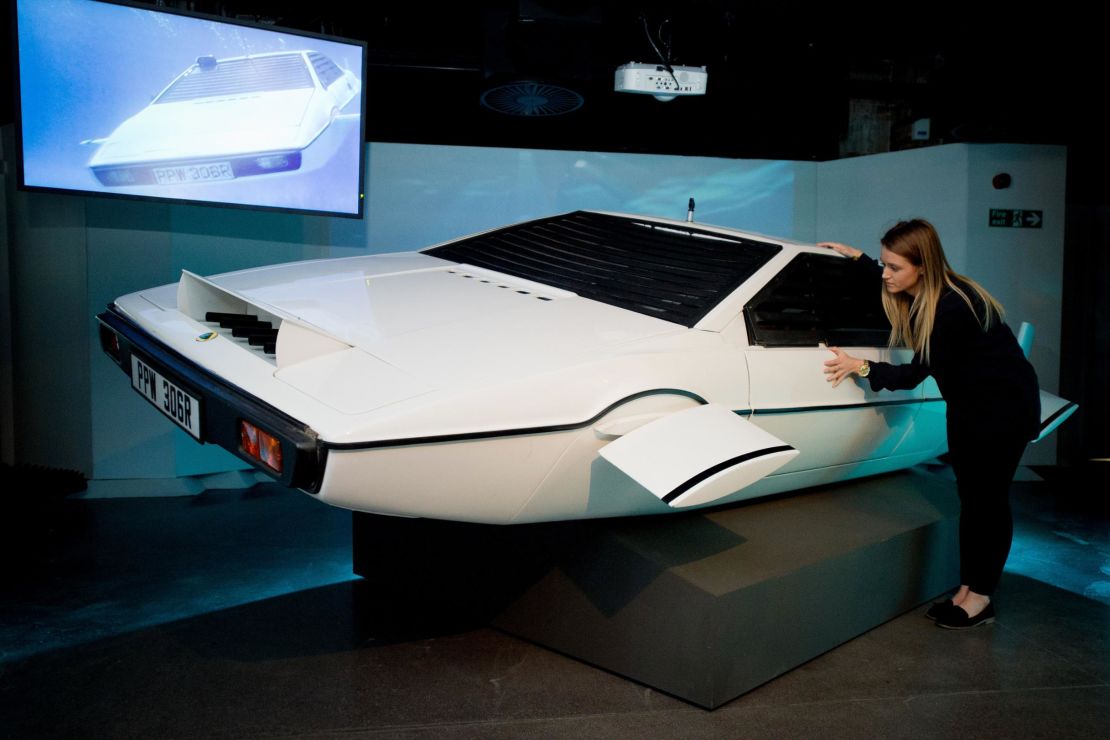
Shortly after, Giugiaro styled the DeLorean, a 2-door coupe launched in 1981 that was consigned to immortality when Robert Zemeckis and Bob Gale picked it as Marty McFly’s car for “Back to the Future” in 1985. Giugiaro based the DeLorean on the Tapiro, a 1970 concept car he had created for Porsche. It was similarly wedge-shaped and, most importantly, sported a stainless steel body with gullwing doors.
“I didn’t expect that it could be picked as a movie car,” he said. “Its unpainted look is due to the fact that DeLorean didn’t want to spend anything on painting equipment, so he went with stainless steel, but that didn’t come without problems. I’m glad when someone remembers that I designed it.”
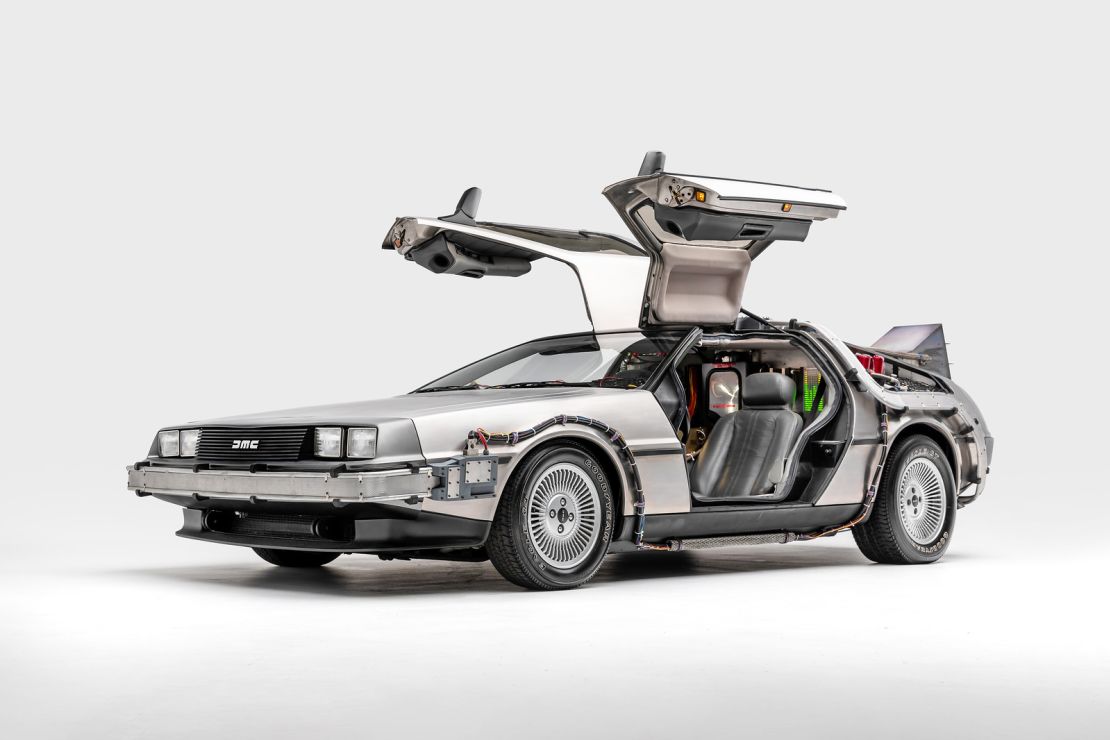
Around the same time, during a fruitful collaboration with Fiat, he designed the two affordable and compact cars of the 1980s for the Italian automaker: the well-known Uno and the Panda.
With its brutally basic design, Giugiaro’s Panda was the opposite of a bedroom poster car in its heyday, but it’s now attracting a cult following, the “4x4” version especially. In a 1980 interview to Italian newspaper La Stampa, Giugiaro described the Panda as “a pair of jeans: a simple, practical, no-frills piece of clothing.” He likened the design to that of a military helicopter: “a light, rational machine designed for a specific purpose.”
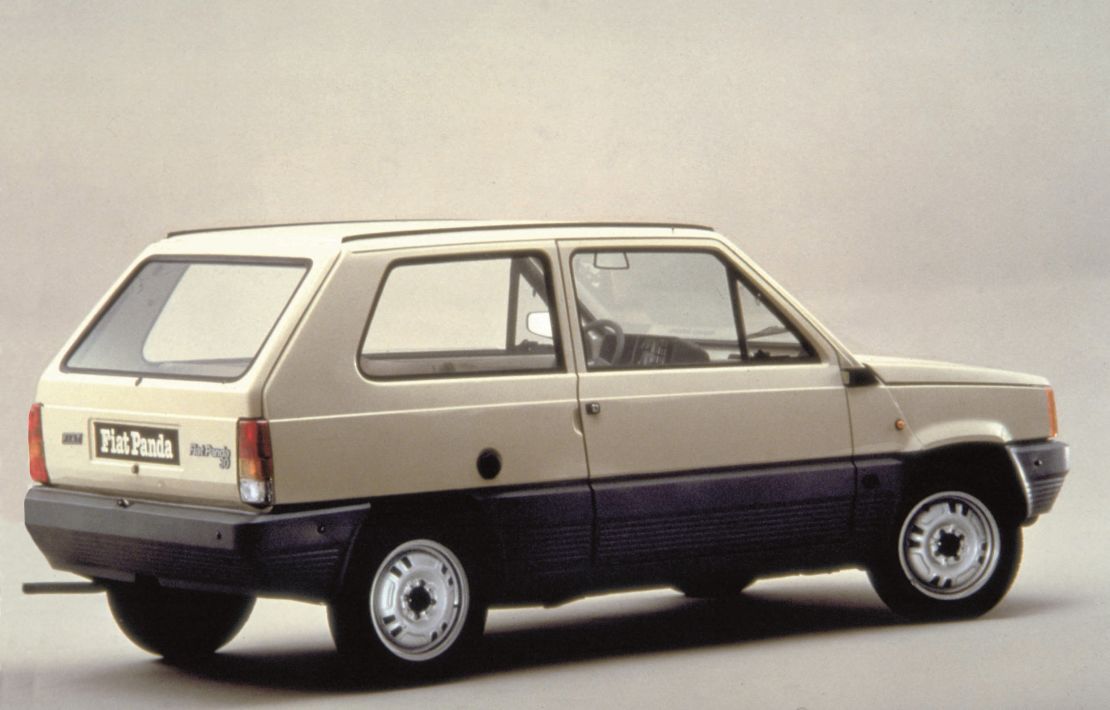
More than cars
Giugiaro’s designs extend beyond the automotive industry thanks to an industrial design division of Italdesign, launched in 1974. Since then he’s designed the Nikon F5 camera, trains for the Riyadh metro, a professional coffee machine, a dentist chair, several Beretta guns, sewing machines, watches, tractors, motorbikes and the stadium for Turin’s football team Juventus FC, and perhaps the most unexpected – a pasta shape called Marille.
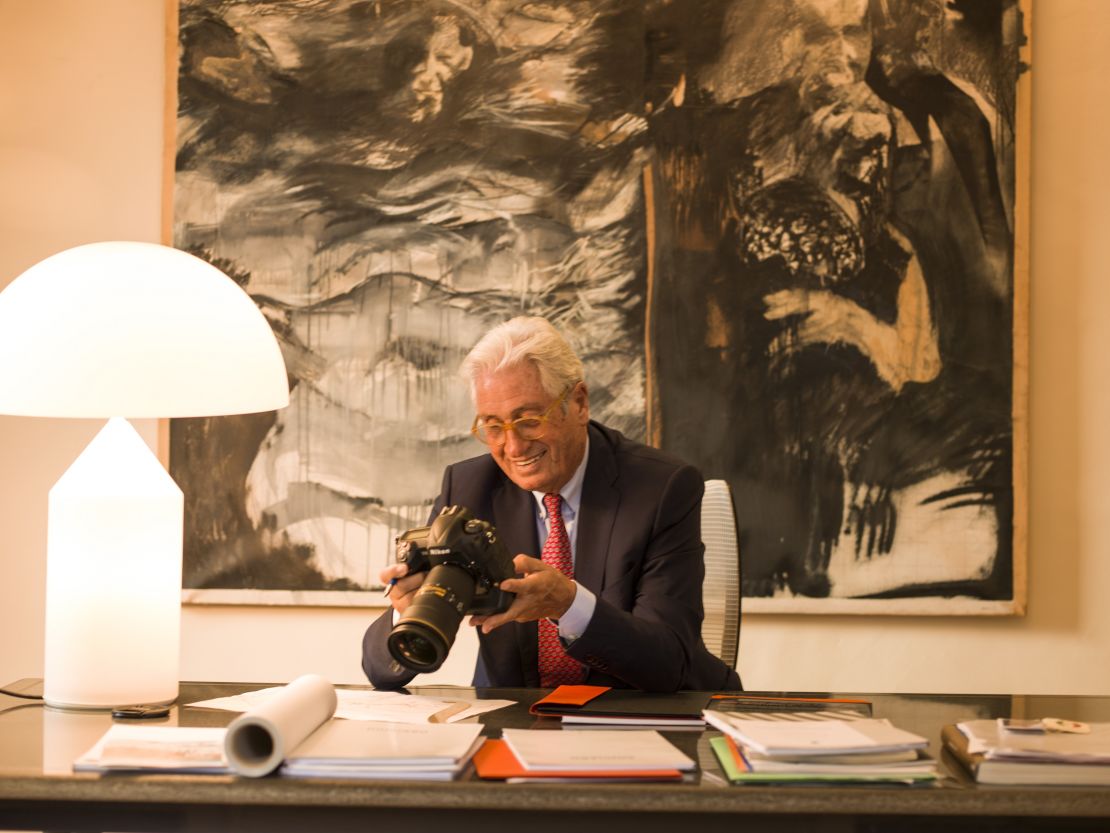
“These were a great way to fill the dead times between car projects – but the creative process and technique are exactly the same as a car, there’s no difference. It’s more liberating, because it lets me escape the normative hell of cars, which are full of rules and regulations,” said Giugiaro.
Today, Giugiaro is no longer involved with Italdesign, after Volkswagen – through its subsidiary Audi – first acquired 90% of its shares in 2010, then the remaining 10% in 2015. But he’s still designing cars: One of his latest creations, presented at the Geneva Motor Show in 2018 in celebration of his 80th birthday, is an electric concept named Sybilla (after his mother, Maria Sibilla).
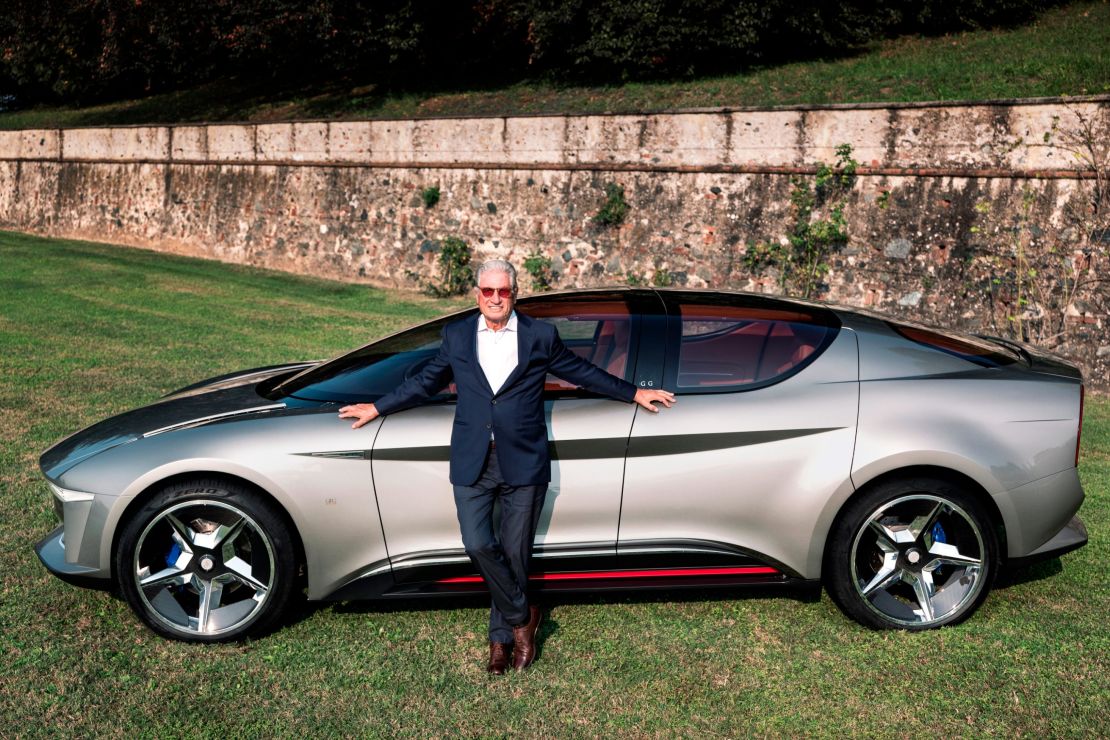
Whenever he sees one of his own creations on the road, he has a simple thought: “I notice what I could have done better. I’m always thinking about the future, about doing what I couldn’t have done before. So, in a way, I’m constantly working even when I’m not working.”
There is, however, something he would have liked to design but never got the chance to: “I love the design of modern fighter jets and even space ships that you see in the movies. I would have enjoyed designing a plane.”
It’s never too late, mister Giugiaro.

